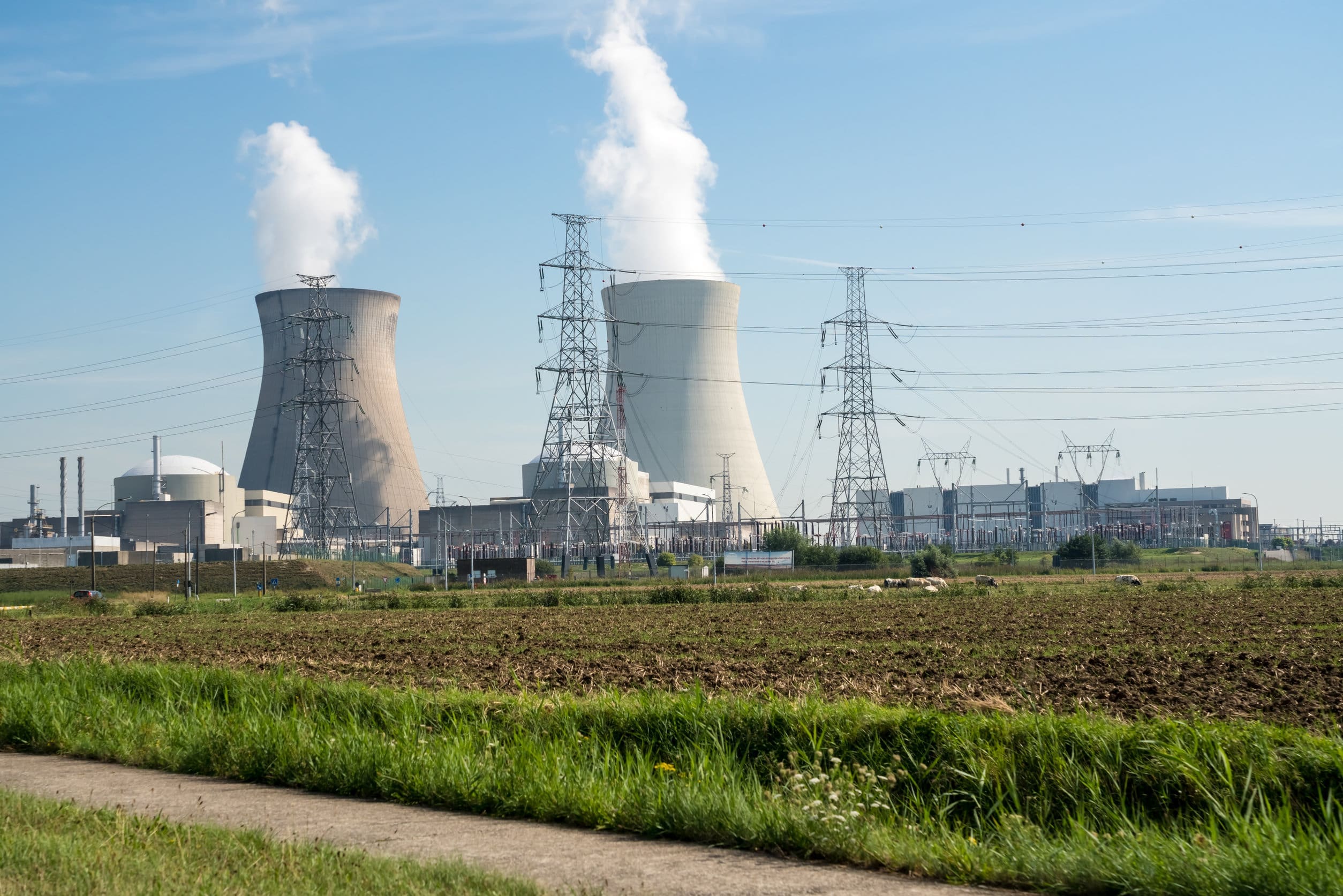In this post
Although ionising radiation can be very useful, it can also pose some very serious dangers. The generation of electricity using nuclear fuels poses threats. Nuclear power stations produce nuclear waste which must be disposed of. It is important that nuclear power stations protect against leaks occurring into the environment in order to prevent serious harm or deaths occurring. In 1986 there was an accident at the Chernobyl power station in the Ukraine. A flaw in the nuclear reactor released 5% of radioactive reactor core into the atmosphere, causing multiple deaths to those exposed to it. Living organisms may be contaminated or irradiated by ionising radiation.
Contamination occurs when an organism takes in the radioactive material by eating it, breathing it in or absorption through the skin. The radioactive source enters the organism’s body and can remain there for many years depending upon its half-life. This results in the organism itself becoming radioactive.
Irradiation occurs when an organism is exposed to ionising radiation but does not itself become radioactive.
Whichever method is used to expose the organism to ionising radiation, the effects can be very harmful. Ionising radiation ionises the atoms and molecules that form the cells of living tissue. This ionisation can lead to tissue damage and if the cells are exposed to high levels of ionising radiation the tissue may die completely causing radiation sickness. Lower doses of ionising radiation can cause mutations in the DNA of the cell leading to uncontrollable division. Some types of cancer occur because cells damaged by ionising radiation begin to divide uncontrollably.
Each type of ionising radiation has its own risks; some being more dangerous than others. Alpha particles have the highest ionising effect but a very weak penetration power. This means that alpha particles, although damaging, are not severely dangerous as they cannot penetrate the skin. However, if the source of alpha radiation was absorbed into the body, it can cause much more damage. Alpha emitters can be absorbed into the body through food or by smoking. Radon gas is an alpha emitter which is contained in cigarette smoke. Therefore, people who smoke are at greater risk as they absorb this radiation source directly into their lungs.
Beta and gamma radiation are far more dangerous than alpha as they are able to penetrate through the skin and cause damage to the cells inside the body. The higher the penetrating power, the more damage the radiation can cause.
There is also a correlation between how harmful the radiation is and the length of exposure to it. The longer the period of exposure to radiation, the higher the risk of serious cell damage.
In industrial areas, workers wear badges to signal their level of exposure. These badges contain strips of photographic film that become very foggy when the exposure to radiation increases. Another type of badge uses a property called thermo luminescence – this is where the material that has been exposed releases light when it is warmed. Radiation releases energy to make heat, so the thermo luminescent badges release more light when they are exposed to higher levels of radiation. In industrial workplaces, workers’ badges are checked on a regular basis to record their overall exposure to radiation. People who work with ionising radiation such as gamma rays and X-rays wear protective clothing such as lead gloves and aprons to reduce their risk of the radiation penetrating their bodies.
Safe handling of radioactive materials
When radioactive isotopes are used in schools and colleges, the samples used are very small because they are dangerous, therefore a small sample mitigates their risk to users. Despite this, the samples must still be handled responsibly and with caution. Tongs are used when handling the samples and the samples must be kept as far away from the body as possible.
The samples are also kept in lead containers which absorb even the most penetrating form of radiation – gamma rays. These containers must be stored and locked in a metal cabinet which only permitted people have the keys for.
Large amounts of radioactive materials will be used in industrial processes and research laboratories. These must also be handled with great care. Sources which are very energetic are handled by operators who are shielded by lead clothing, lead and concrete shields and thick glass viewing panels.
The disposal of radioactive waste can be very problematic due to the high half-lives of some isotopes. Some radioisotopes have a half-life which is thousands of years long. This means that the waste remains radioactive and hazardous to health for long periods of time and must be stored securely.
Some of the waste can be reprocessed to extract nuclear fuel but that which cannot be used in this way should be stored in glass tanks with very thick glass walls lined with lead and buried deep underground.



